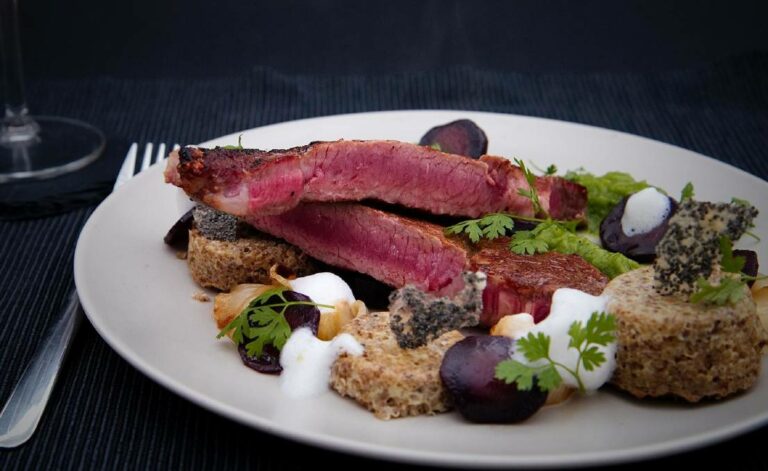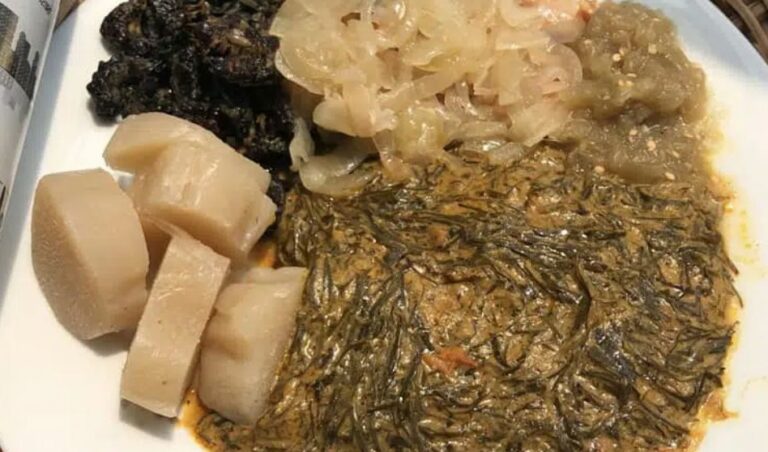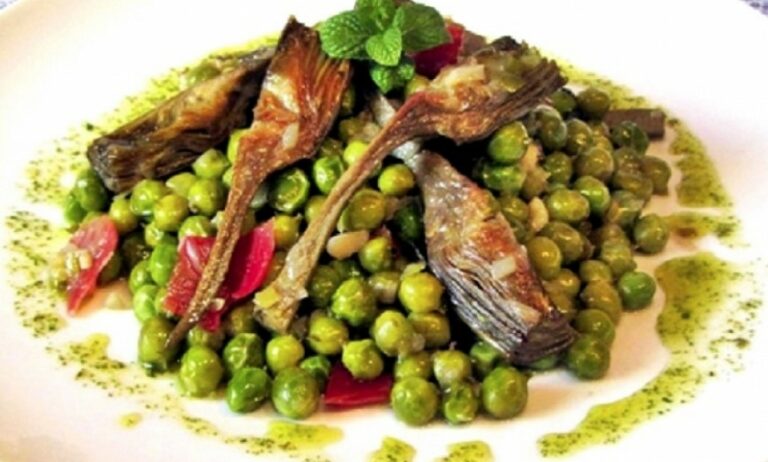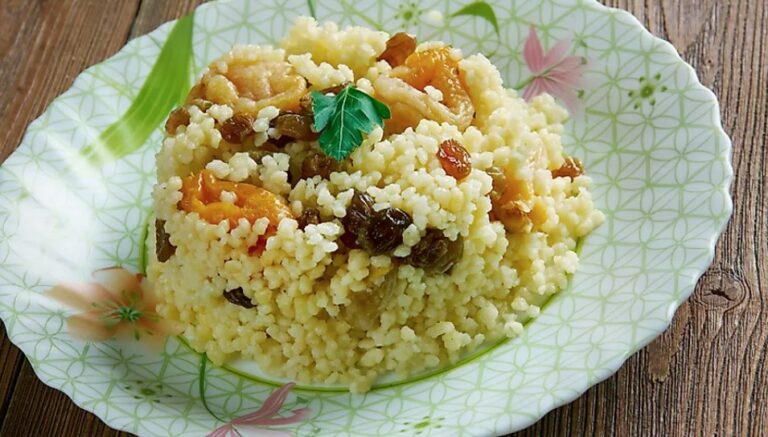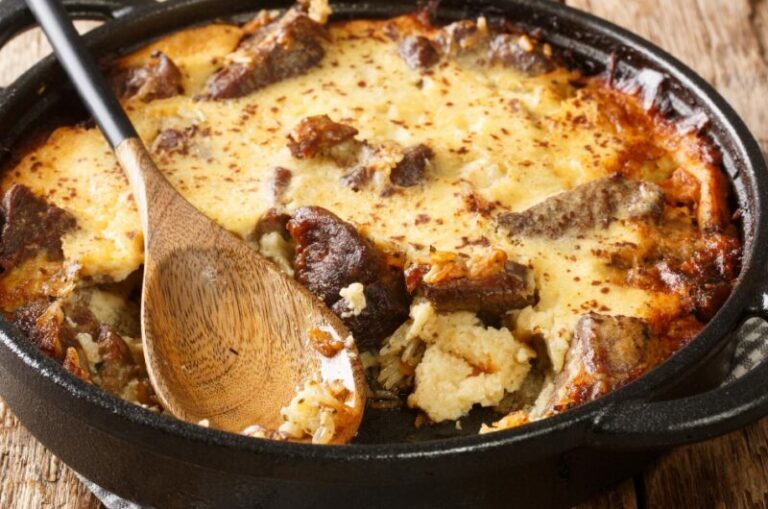Introduction: Australian cuisine on the global stage
Australian cuisine may not be as well-known as its international counterparts, but it has made its way onto the global stage in recent years. With a rich mix of indigenous, European, and Asian influences, Australian cuisine offers a variety of flavors and dishes that are unique to the country. From fusion cuisine to iconic snacks, here are some of the Australian dishes that have gained popularity overseas.
The rise of fusion: Australian-Asian cuisine
In recent years, Australian cuisine has seen a rise in fusion dishes that incorporate Asian flavors and techniques. This can be attributed to Australia’s proximity to Asia and its large Asian immigrant population. One popular example of Australian-Asian cuisine is the “Bao-mi” sandwich, which combines Vietnamese banh mi with Taiwanese gua bao. Another dish gaining popularity is “Modern Australian” cuisine, which blends traditional Australian ingredients with Asian spices and cooking methods.
The famous Aussie barbecue
The Australian barbecue, or “barbie,” is a beloved tradition that has made its way overseas. With its emphasis on grilled meats and seafood, the barbie is a quintessential Aussie experience. In recent years, Australian chefs have elevated the barbecue to new heights, incorporating global flavors and techniques. One example is the “Aussie Korean BBQ,” which combines Korean marinades and sauces with Australian meats like kangaroo.
Meat pies and sausage rolls: a taste of home
Meat pies and sausage rolls are classic Australian snacks that have become popular overseas. These savory pastries are made with a variety of fillings, from beef and lamb to chicken and vegetables. Australians often enjoy meat pies and sausage rolls at sporting events, making them a staple of the country’s culture. They can now be found in bakeries and cafes around the world, offering a taste of home for expats and curious foodies alike.
Pavlova: the great Australian debate
Pavlova, a dessert made with meringue and topped with fruit and cream, is a source of contention between Australia and New Zealand. Both countries claim to have invented the dish, but the debate has yet to be settled. Despite the controversy, pavlova remains a popular dessert in Australia and has gained a following in other countries as well.
Vegemite: a divisive spread
Vegemite, a savory spread made from yeast extract, is a beloved Australian icon that has divided opinions around the world. While some find its strong, salty flavor off-putting, others swear by its nutritional benefits and distinctive taste. Australians are known for their love of Vegemite, and the spread can now be found in specialty shops and supermarkets worldwide.
Tim Tams: the beloved biscuit down under
Tim Tams are a favorite Australian biscuit that have gained a cult following overseas. These chocolate-covered biscuits sandwich a layer of creamy filling and are a staple of afternoon tea in Australia. In recent years, Tim Tams have become available in many countries, with specialty flavors like salted caramel and dark chocolate gaining popularity.
Conclusion: Australian dishes making an impact overseas
While Australian cuisine may not be as well-known as other global cuisines, it has made its way onto the international stage through its unique mix of flavors and iconic dishes. From fusion cuisine to classic snacks, Australians have shared their love of food with the world. As global food trends continue to evolve, it will be exciting to see how Australian cuisine adapts and innovates in the years to come.

